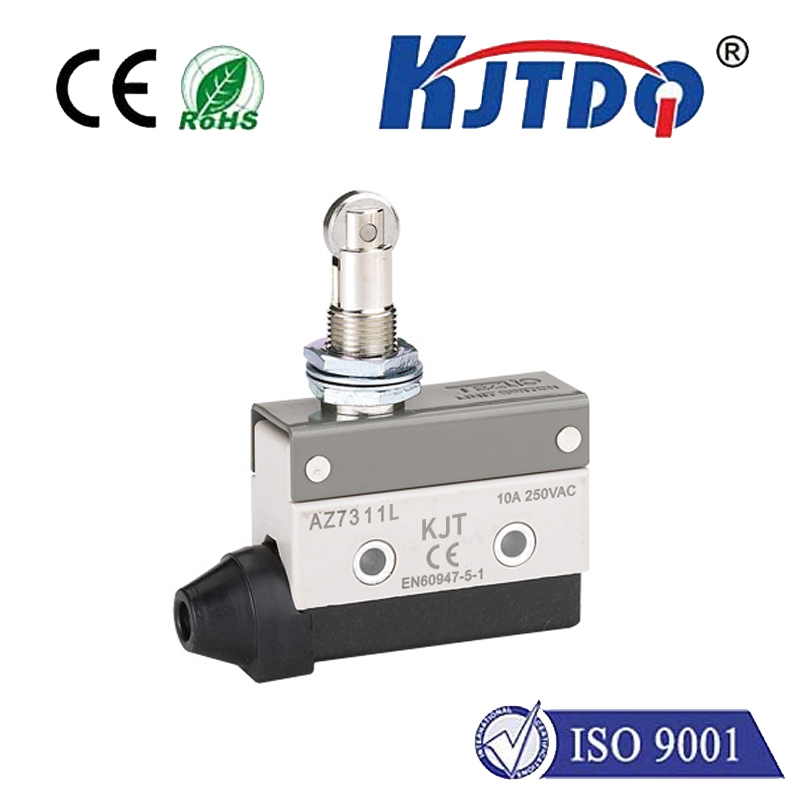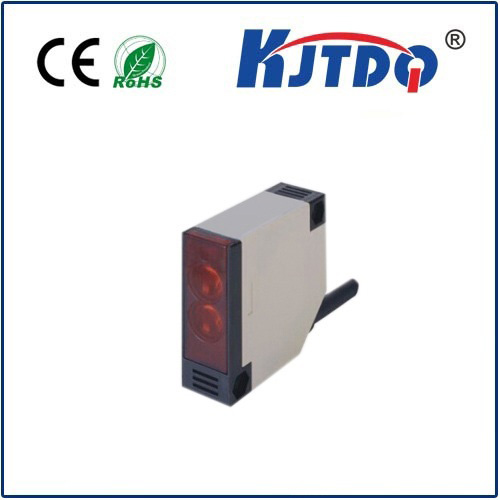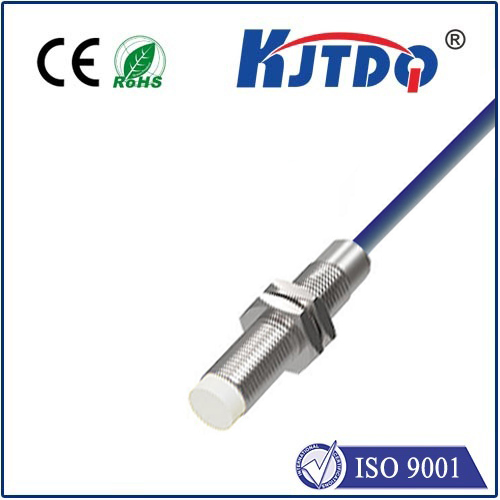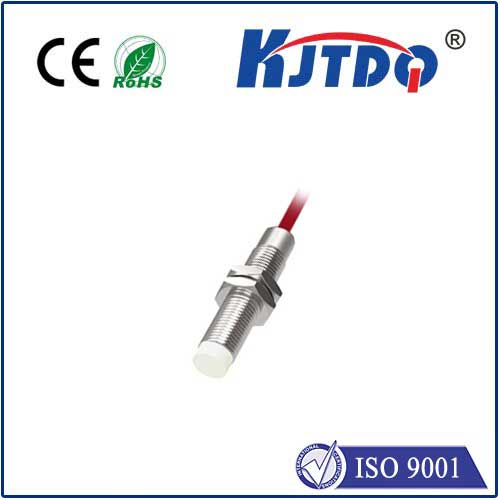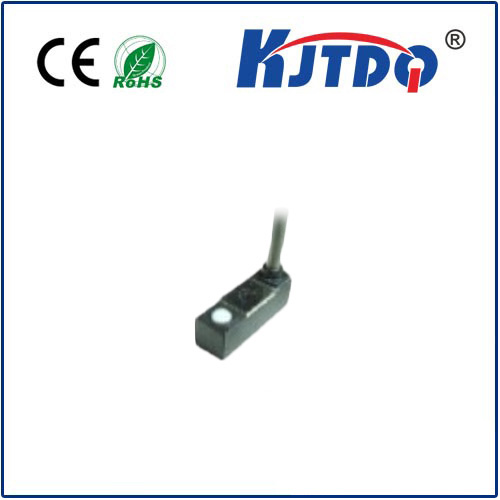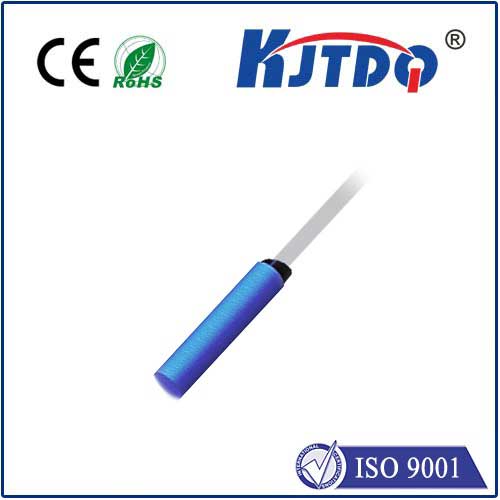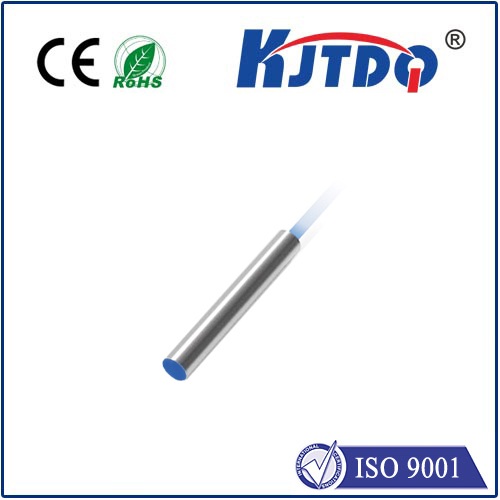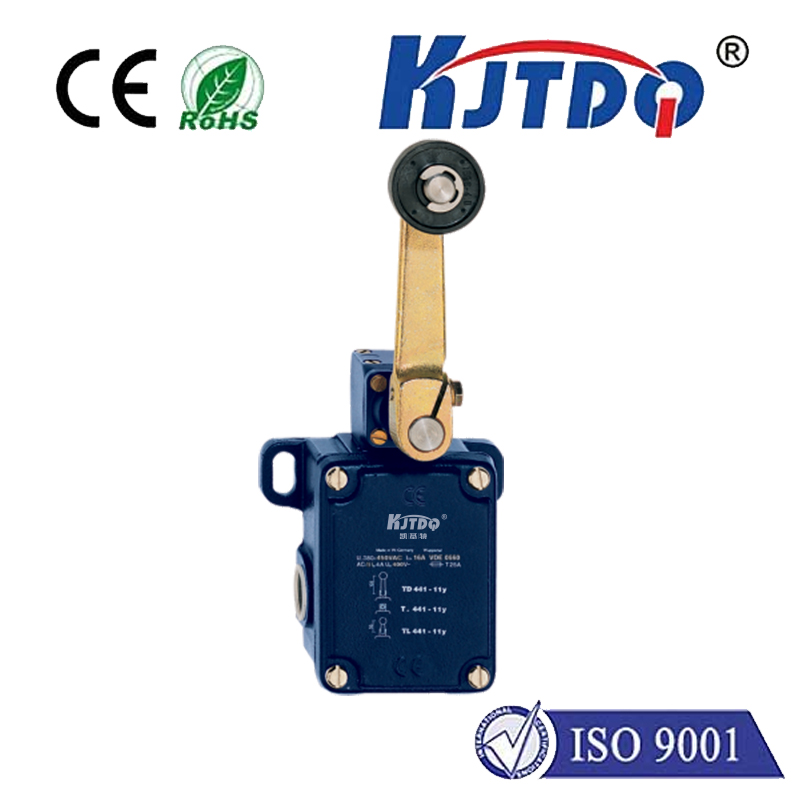Фотоэлектрический датчик диффузного отражения
- time:2025-07-24 00:51:05
- Нажмите:0
Diffuse Reflective Photoelectric Sensors: The Ultimate Guide to Versatile Object Detection
Imagine a bottling line humming along efficiently. Suddenly, bottles start piling up haphazardly because a sensor failed to detect one passing by. The line halts, production delays mount, and frustration builds. Often, the culprit or the solution in such scenarios is a workhorse of industrial automation: the Фотоэлектрический датчик диффузного отражения. This incredibly versatile and widely deployed device offers a simple yet robust solution for countless object detection tasks, making it indispensable on factory floors and beyond.
Understanding the Core Principle
Unlike their siblings – retro-reflective and through-beam sensors – which rely on a separate reflector or a distinct receiver unit, diffuse photoelectric sensors house both the emitter (light source, usually an LED) and the receiver (phototransistor or photodiode) within a single housing. Here’s the magic:
- Emission: The sensor projects a beam of light, typically infrared (IR), red, or laser, toward the target area.
- Diffuse Reflection: When this light beam strikes an object within its detection range, it doesn’t bounce back cleanly towards a specific point (like with a reflector). Instead, the light scatters or diffuses off the object’s surface in many directions.
- Reception: A small portion of this diffusely reflected light finds its way back to the receiver located within the same sensor housing.
- Detection Logic: The sensor’s internal circuitry constantly monitors the intensity of the light reaching the receiver. When the diffused reflection from an object causes the received light intensity to exceed a predefined threshold (indicating the object is present), the sensor triggers its output signal (e.g., turns ON or OFF).
The Key Advantage: Simplicity and Independence
The defining characteristic of diffuse photoelectric sensors is their self-contained operation. They require only a power supply and the target object itself. There’s no need to mount and align a separate reflector opposite the sensor (as with retro-reflective types) or install and wire both a separate emitter and receiver unit (as with through-beam sensors). This inherent simplicity translates into:

- Easier Installation: Faster setup, reduced complexity.
- Lower Cost: Fewer components required.
- Reduced Alignment Hassles: Only one unit to position, minimizing calibration time.
- Space Savings: Ideal for tight mounting spaces where fitting two components isn’t feasible.
Exploring Different Flavors: Basic vs. Background Suppression (BGS)
Not all diffuse photoelectric sensors are created equal. Two main types dominate:
Standard Diffuse (Proximity Mode): These are the most common and economical. They detect the presence of an object based on the overall intensity of the reflected light. However, a significant limitation is their susceptibility to the target’s color and surface reflectivity. A bright white object reflects much more light than a dark black one, potentially causing a white object at a further distance to trigger the sensor before a closer black object does. They also struggle with detecting objects against highly reflective backgrounds.
Diffuse with Background Suppression (BGS): This advanced type overcomes the limitations of standard diffuse sensors through sophisticated optical triangulation principles.
- The emitted light is focused to a specific point.
- The receiver is positioned at a slight angle relative to the emitter.
- Light reflected from objects closer to the sensor hits the receiver at a different point than light reflected from objects further away (the background).
- Internal circuitry analyzes the angle at which light hits the receiver, essentially calculating the distance to the reflecting surface.
- Key Benefit: The sensor detects objects only within a specific, adjustable detection range, effectively “ignoring” the background beyond that set point. This makes it largely immune to variations in object color, surface finish, and background reflectivity. BGS variants are crucial for reliable detection of dark, low-contrast, or highly reflective objects against complex backgrounds.
Strengths and Limitations: Matching the Sensor to the Task
Understanding where diffuse photoelectric sensors excel and where alternatives might be better is key:
| Strengths |
Ограничения |
| ✅ Simple, single-unit installation |
❌ Shorter maximum range compared to through-beam |
| ✅ Cost-effective for many applications |
❌ Standard type sensitive to object color/surface |
| ✅ Space-saving design |
❌ Detection can be affected by target angle |
| ✅ Good for detecting most opaque objects |
❌ Susceptible to dirt/dust on lens (for all optical sensors) |
| ✅ BGS types excellent for color/background rejection |
❌ Generally not suitable for clear/transparent objects |
| ✅ Wide variety of form factors & outputs |
❌ Ambient light interference possible (though often mitigated) |
Where Diffuse Photoelectric Sensors Shine: Key Applications
Their blend of simplicity, reliability, and cost-effectiveness makes датчик диффузного отражения ubiquitous across industries:
- Object Presence/Absence: Confirming parts on conveyors, pallets in position, items in packaging.
- Counting: Tallying bottles, cans, boxes, or components moving past a point.
- Level Detection: Monitoring fill levels in bins or hoppers (for non-transparent materials).
- End-of-Travel Sensing: Verifying slides, gates, or mechanisms have reached their limit.
- Part Height Verification: Using BGS sensors to distinguish objects based on height or detect stacking.
- Robotics: End-of-arm tooling detection, part positioning confirmation.
- Перевозка материалов: Detecting packages, boxes, totes on conveyor systems.
- Printing & Packaging: Registration mark detection (often using specialized colored LEDs), flap or carton presence.
- Automotive: Confirming component placement during assembly.
Selecting the Right Diffuse Sensor: Key Considerations
To maximize the effectiveness of a диффузионный фотодатчик in your application, consider these factors:
- Detection Range: What is the required operating distance? Remember, diffuse types have shorter ranges than through-beam. Check datasheet specifications (sensing distance).
- Target Characteristics: What are you detecting? Consider its size, color, surface finish (matte, shiny, textured), and material. For dark, low-contrast, or reflective targets against backgrounds, a BGS diffuse sensor is almost always essential.
- Background Environment: What’s behind or around the target? Is it reflective, dark, cluttered? BGS sensors excel in challenging background conditions.
- Mounting Constraints: How much space is available? Diffuse sensors offer compact solutions.
- Environmental Factors: Exposure to dust, moisture, chemicals, or temperature extremes? Choose sensors with appropriate IP (Ingress Protection) ratings.
- Required Output: What signal type does your control system need (e.g., PNP/N


